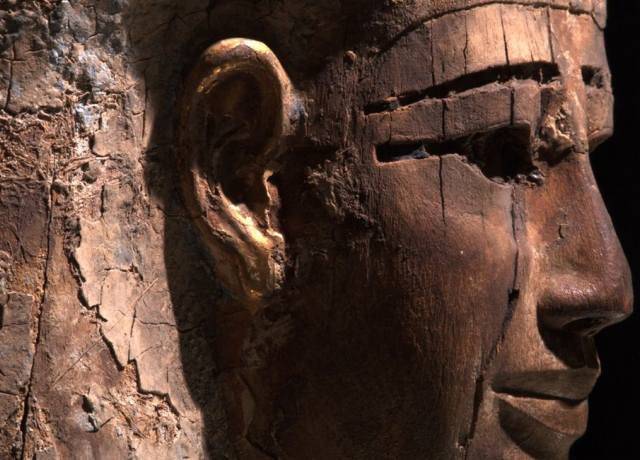Meet Nesmin, the Belgrade Mummy, at European Heritage Days in Serbia
Meet Nesmin, the Belgrade Mummy, at European Heritage Days in Serbia
When the 2300 years old Egyptian mummy first arrived to Belgrade in 1888, its history and origins inspired a wave of interest among both scientists and the general public. Donated to the National University by a Serbian nobleman Pavle Ridicki, the sarcophagus containing the remains of Nesmin, an Egyptian priest from Luxor, became one of Belgrade’s most treasured historical objects.
While the mummy itself became an incredibly valuable study object for Serbian and European researches, the intriguing papyrus it brought along helped unveil a major historical enigma. Namely, Nesmin’s sarcophagus also contains a lost chapter from the Book of the Dead, an ancient Egyptian funerary text intended to assist the dead person’s journey through underworld into afterlife.
After Nesmin's DNA sample was taken in 1993, scientists were able to determine its physiological features and reconstruct its face. In 2011, the mummy’s face was digitally recreated using 3D technologies that show what Nesmin most probably looked like when he was alive.
Shrouded with mystery, Nesmin’s story continues to attract Egyptologists and history enthusiasts all over the world. The mummy currently resides in the Archaeological Collection of the Faculty of Philosophy in Belgrade, where it was transferred from the National Museum for reserch purposes and where visitors can see it on special occasions.
One of such occasions is European Heritage Days in Serbia, when Nesmin is traditionally displayed at the faculty. In 2017, Nesmin’s history will once again be presented to the public, which will be a unique opportunity for all citizens of Belgrade and beyond to stand close to the two millennia old priest and learn more about its life.
European Heritage Days in Serbia typically take place in late September and early October and this year’s events will celebrate the theme Heritage and Nature.
Photo credits: The National Museum, Serbia
